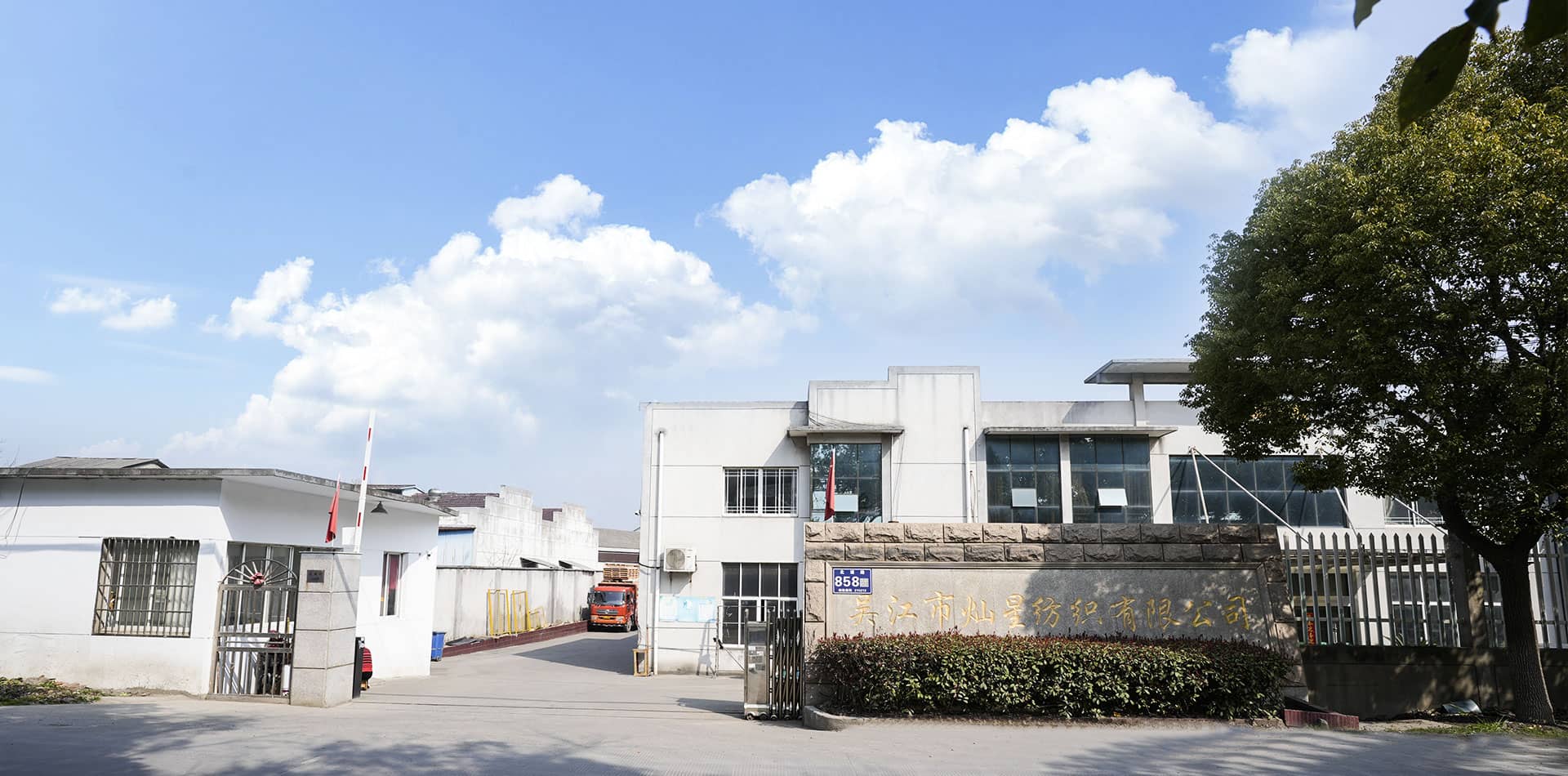

1. High UPF value: Professional sun protection guaranteeUPF value is an important indicator to measure the sun protection effect of fabrics. Nylon Sunscreen Fabric achieves a high UPF value sun protec...
View More1. Weaving technology: traditional textile methodWeaving is a traditional process of forming fabrics by interweaving alternately longitudinal (warp) and transverse (weft) yarns. The density, texture a...
View More1. Material innovation of environmentally friendly new functional fabricsThe innovation of environmentally friendly New Functional Fabric is first reflected in the selection of raw materials. Traditio...
View MoreThere are several factors involved in choosing the right fabric for your down jacket to ensure warmth and comfort. Here are some key points:
Warmth of fabric:
Heat retention: Choose fabrics with good heat retention, such as high-density polyester or nylon, which can effectively lock in heat.
Down filling: The structure of the fabric should be suitable for the down filling to ensure that the down does not penetrate the outside of the fabric to maintain the warmth.
Breathability:
Breathable design: Make sure the fabric has good breathability to prevent moisture accumulation in the body, so as to keep you comfortable and dry. This is especially important during high-intensity activities.
Microporous structure: Some advanced fabrics such as Gore-Tex® or fabrics with microporous structure can provide excellent breathability.
Waterproofness:
Waterproof treatment: The fabric needs to have a waterproof treatment to prevent external moisture from penetrating, while the internal down will not become clumped or lose warmth due to moisture.
Water-resistant material: Choose a material that has a waterproof coating or has waterproof properties, such as polyester fabric.
Fabric comfort:
Softness: The fabric should be soft and stretchy to ensure comfortable wearing without causing a sense of restraint.
Touch: Choose fabrics that are soft to the touch to avoid skin irritation or discomfort.
Durability and easy care:
Abrasion resistance: Down jacket fabrics should be resistant to wear and tear to increase service life. Thicker fabrics are usually more durable.
Easy to clean: Choose fabrics that are easy to clean and maintain for easy daily care.
How are down jacket fabrics made waterproof and breathable? How do these properties affect the performance of down jackets?
Down jacket fabrics are made waterproof and breathable through specific materials and technologies, and these properties have a significant impact on the performance of down jackets. Here is a detailed description of how these properties are achieved and how they affect the performance of down jackets:
How to achieve waterproof and breathable
Waterproof treatment:
Coating treatment: Apply a waterproof layer such as a polyurethane (PU) coating or a fluoride coating to the surface of the fabric. This coating blocks water penetration while maintaining the softness of the fabric.
Waterproof membrane: Use fabrics with waterproof membranes, such as Gore-Tex® or eVent®, which have a microporous structure that blocks water from entering while allowing sweat to escape from the inside.
Waterproofing agent: Apply a water-repellent agent such as DWR (durable water repellent) treatment, which increases the waterproof ability of the fabric and causes water to bead up on the surface of the fabric, thereby preventing penetration.
Breathability:
Microporous membrane: Breathable materials such as Gore-Tex® have microporous membranes that are smaller than water droplets but larger than water vapor molecules, allowing sweat to pass through without letting rain penetrate.
Fiber structure: The fiber structure and weaving method of the fabric also affect breathability. Tightly woven fabrics can improve waterproofness, but require appropriate venting holes or the use of breathable materials to ensure ventilation.
Moisture venting technology: Some fabrics use specific moisture venting technology, such as quick-drying technology, which helps to quickly remove sweat from the body surface.
Influence on down jacket performance
Warmth:
Waterproofness: Waterproofness can prevent external moisture from penetrating into the fabric, which can prevent the down from absorbing moisture and becoming heavier, thereby maintaining the warmth of the down. Wet down will lose its insulation ability and affect the warmth effect.
Breathability: Good breathability allows sweat produced in the body to be quickly discharged, preventing the body from overheating or moisture accumulation, which can keep the body dry and warm.
Comfort:
Waterproofness: Waterproof fabrics can keep down jackets dry and avoid discomfort caused by water penetration, thereby improving wearing comfort.
Breathability: Fabrics with good breathability can prevent moisture accumulation in the body, reduce the adhesion of sweat, keep the body dry, and enhance wearing comfort.
Durability:
Waterproof treatment: High-quality waterproof treatment can increase the durability of the fabric and reduce the wear and aging of the fabric caused by moisture.
Breathable design: Breathable design can reduce fabric degradation caused by overheating and extend the service life of the down jacket.